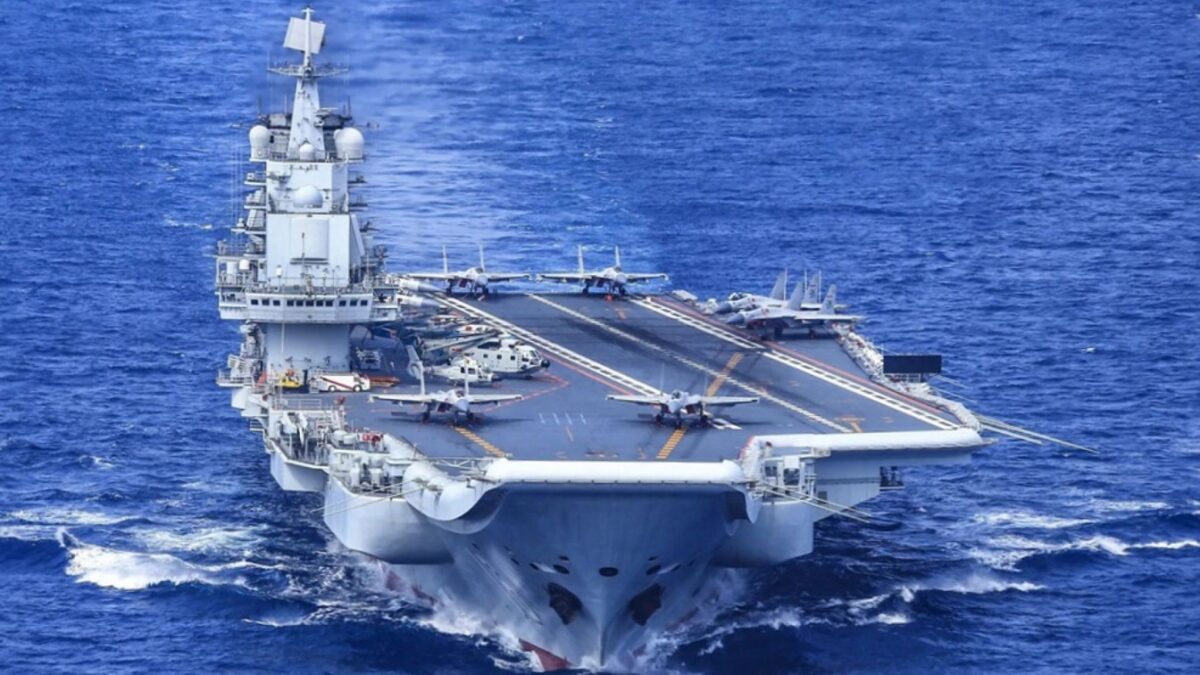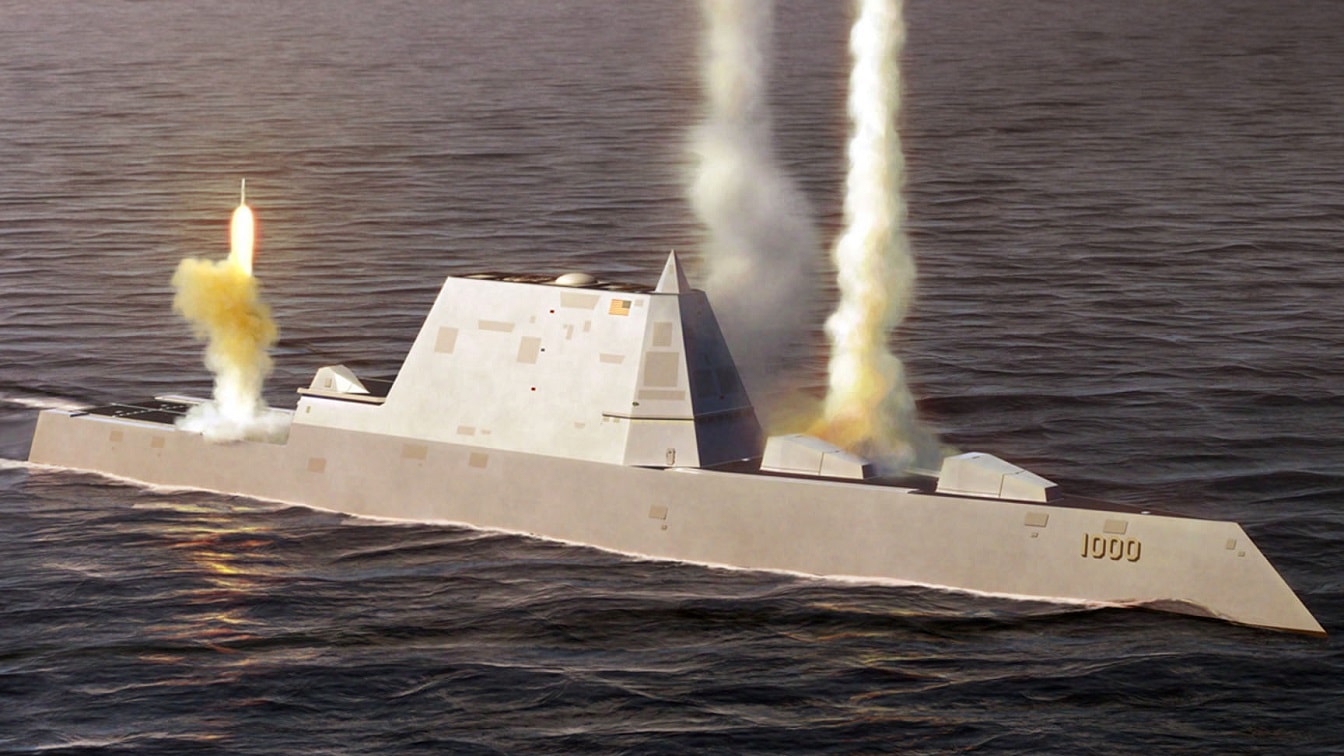China now operates the world’s largest Navy and has for several years exceeded the U.S. Navy in terms of sheer size, a fact that raises the much-considered question as to whether the People’s Liberation Army – Navy (PLAN) can outmatch or simply might be superior to the U.S. Navy.
By the Numbers
In terms of sheer numbers of ships, the PLA-Navy surpassed the U.S. Navy several years ago, but how impactful are pure numbers when it comes to maritime warfare superiority? Can today’s Chinese Navy outperform or even destroy the U.S. Navy? However unlikely this may be, it is certain to be a possibility being closely studied at the Pentagon.
Do sheer numbers equate to or parallel technological sophistication? Certainly “mass still matters,” to reference the famous concept expressed by Sun Tzu, yet several critical modern variables such as sensor and weapons range, multi-domain networking, and the effective use of unmanned systems could definitely offset or even counter any numerical advantage.
Technology Superseeds Numbers
The U.S. Navy, for example, operates 11 aircraft carriers, is fast adding a new fleet of unmanned surface and undersea vessels, and is arming its warships with a wide range of advanced technologies including laser weapons, next-generation electronic warfare (EW), and an unprecedented ability to launch and control a small fleet of unmanned systems. The U.S. Navy has also demonstrated breakthrough technologies with multi-domain networking, AI-enabled autonomous platforms, and course-adjusting weapons such as the Tactical Tomahawk, which can re-route as needed in-fight to hit moving targets at sea.
The specifics of China’s technological sophistication may be tough to fully assess, yet there is little doubt that the PLA-Navy is trying to challenge and ultimately surpass the U.S. Navy in terms of both size and capability.
China’s shipbuilding ambitions and pace of construction may be difficult for the U.S. to match. For instance, multiple reports say China is on pace to double its fleet of destroyers within just the next five years. The concern, however, is by no means restricted to pure numbers but also grounded in uncertainties related to the relative sophistication and capability of China’s new destroyers. Having more destroyers does not necessarily equate to maritime superiority if they cannot compete with the range, precision, networking, and overall capability of U.S. destroyers. The U.S. Navy does have as many as 10 DDG Flight III destroyers under contract and is moving quickly to modernize its sensors, radar systems, computing, and ship-integrated weapons.
China Ramps Up Production
The sheer pace of Chinese shipbuilding continues to be a cause of likely concern for the Pentagon. China’s industrial apparatus, and ability to rapidly build ships, creates a circumstance that can enable the PRC to continue its large-scale Naval expansion at a pace tough for the U.S. to match. For example, China has been quickly making progress with efforts to build a new shipyard in Shanghai, a large facility slated to build Chinese amphibious vessels and destroyers.
The new shipyard is expected to be completed by the end of 2023, according to the Chinese government-backed Global Times newspaper. The new shipyard includes a research and development building, a joint hull workshop, a curved section assembly workshop, a module center for outfitting, a painting workshop, an indoor dockyard, an outdoor dockyard, a dock basin, and a dock for outfitting, enabling the production of six specialized ships a year.

Image Credit: Creative Commons.
“The new site is expected to allow China to build a range of warships – including amphibious assault ships, amphibious landing ships and frigates – faster, better and more efficiently,” the paper writes.
As part of its ambitious ship-building enterprise, the Chinese Navy has now commissioned its 8th quasi-stealthy, high-tech, and heavily armed Type-055 Destroyer. China’s Type-055 destroyer looks like a hybrid blend between the stealthy Zumwalt-class destroyers and greatly up-gunned U.S. Navy DDG 51 Arleigh Burke-class destroyers.
China’s ship has concentrated Vertical Launch Systems, a smoother, straighter hull configuration with a reduction of radar signature-increasing protruding structures such as guns on the side, deck, masts, or antennas.
The Chinese Type 055 destroyers, three of which are already operational, have what appear to be some stealthy attributes such as a rounded front hull and smooth exterior with fewer protruding structures, yet there are mounted antennas and what look like masts on the back end as well. The helicopter landing area on the back of the Nanchang does look like a US DDG 51.
Unlike the nearly completely smoothed-over Zumwalt-class deck and hull structure, the Chinese Type-055 does have DDG 51-like protruding antennas on its back half, something that could reduce its stealth properties by virtue of being vertical structures likely to be detected by radar return “pings” and also emit a potentially detectable electromagnetic signature.
MORE: World War III – Where Could It Start?
MORE: A U.S.-China War Over Taiwan Would Be Bloody
Kris Osborn is the Military Affairs Editor of 19FortyFive and President of Warrior Maven – Center for Military Modernization. Osborn previously served at the Pentagon as a Highly Qualified Expert with the Office of the Assistant Secretary of the Army—Acquisition, Logistics & Technology. Osborn has also worked as an anchor and on-air military specialist at national TV networks. He has appeared as a guest military expert on Fox News, MSNBC, The Military Channel, and The History Channel. He also has a Masters Degree in Comparative Literature from Columbia University

